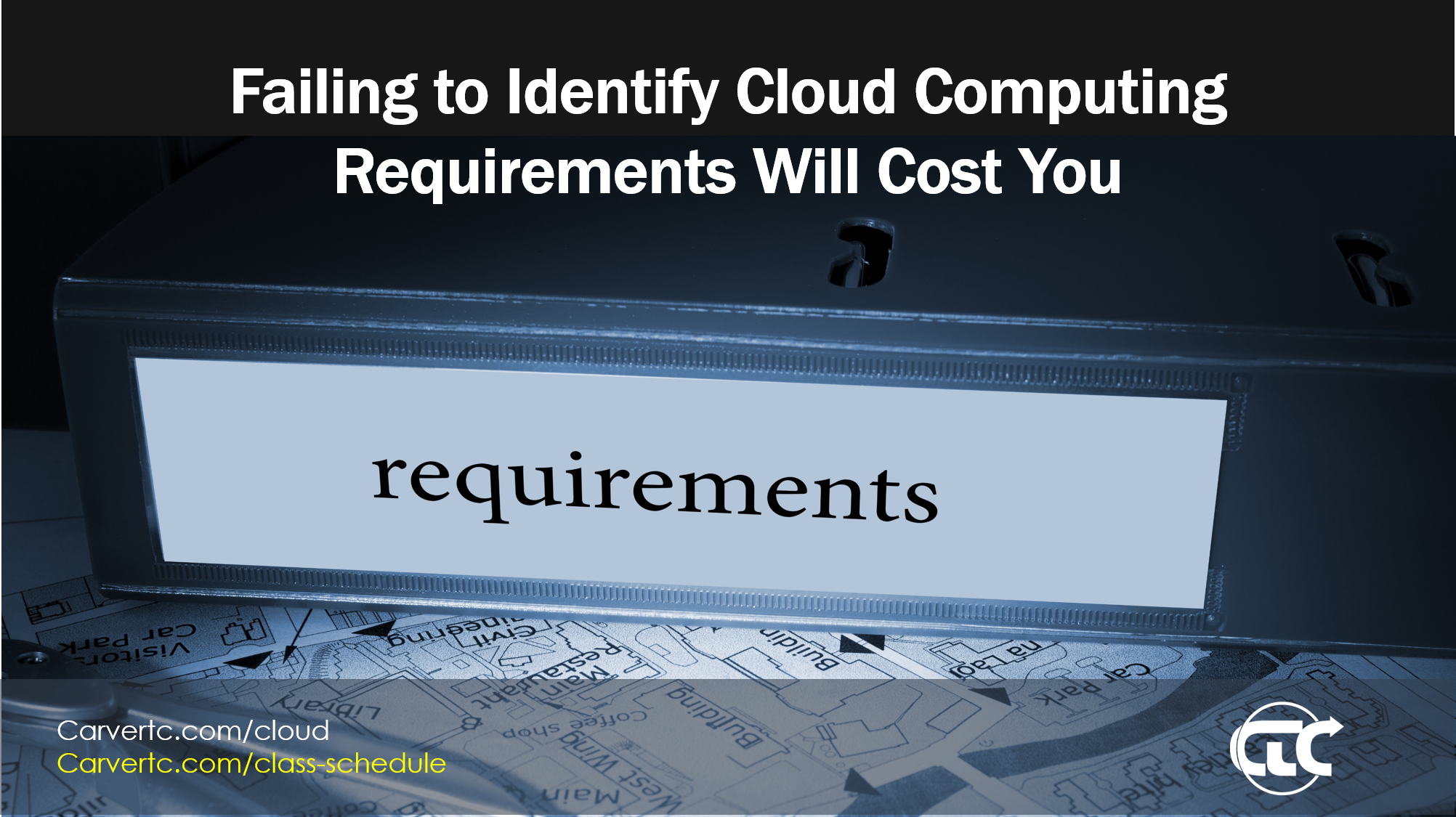One of our most popular articles is about cloud vendor lock-in. The lock-in problem is simple. An organization uses and becomes dependent on the tools, technologies, processes, and services of a specific vendor. If you wish to change vendors, or you need to change vendors, you have to replace those tools, technologies, processes, and services you've become so dependent on. You also have to retrain your people to use the new systems, tools, and processes. It's a costly and time-consuming proposition.
We wrote an article earlier that explains why it's inevitable, and how you can mitigate it, but people have asked us for something more, a simple reference, a checklist. So we've made one. In this article, we'll give you a checklist to plan for cloud vendor lock-in and make getting out easier. The best time to mitigate vendor lock-in is plan to for it when you adopt any cloud service. If you haven’t been doing that, you should evaluate your existing services as soon as possible and start developing a plan to mitigate vendor lock-in. This article tells you what to look for.
Cloud Vendor Lock-In Planning Checklist
For all your exsiting cloud service, and any new services you adopt review the following:
- Technology availability. Are the technologies such as OS, databases, and programming languages available from other providers in case you need to switch?
- Technology versions. Are the same versions and features of technologies available from other providers?
- Technology replacement. How would you replace those technologies or features in the event you switched providers?
- Replacement time and costs. What would be the time and costs to replace those technologies and features? Calculate these costs and budget for them.
- Integrations in use. What integrations are you or will you use with your services?
- Proprietary services and integrations. Are you currently using or do you plan to use any services, integrations, or APIs that are proprietary or available from other vendors?
- Proprietary service replacement costs. What would be the cost of replacing or rewriting the services, integrations, or APIs in the event of a provider change?
- Third party or Open Source options. Are there commercially available third party or open source options that could be used in place of proprietary services, integrations or APIs in the event of a cloud vendor switch?
- Size of data migration. How much data would have to be moved from the current provider to a new provider?
- Data migration plan. How would you migrate the data to a new provider?
- Data migration costs. What would be the costs of moving the data off of the current vendor?
- Data migration time. How long would it take to move the data?
- Data migration services. Does your current vendor, new vendor, or a third party offer data migration services that can make migration easier?
- Data migration impact on IT. Given your analysis of the time, and expense of data migration, what are the impacts to business? For example:
- `Would data or services need to be moved piecemeal in order to reduce migration times?
- How much additional administrative time and costs would be necessary during the migration period?
- Data migration impact on business. Given your analysis of the time, and expense of data migration, what are the impacts to business? For example:
- Would clients, employees, and partners have to change access credentials or access paths during or after migration, or could services be moved transparently?
Remember, vendor-neutral IT training like CloudMaster cloud computing classes can educate staff on vendor lock-in issues, and provide hands-on with cross-platform tools and services like RightScale that can help alleviate the issues of cloud vendor lock-in. See our class schedule for more details.
{{cta('345766af-a2a9-4f8f-8b18-cc158541a179')}}




